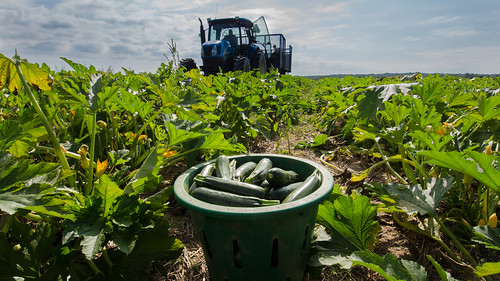
Crop insurance has long been an important part of the farm safety net, providing a reliable and cost-effective risk management tool that ensures farmers can continue to farm even after tough years. Just as important is the planning and good stewardship of the land that farmers perform to ensure a sustainable food supply.
USDA has a long standing mission of helping people help the land. USDA provides assistance to producers with farm-level natural resource assessments and conservation planning as well as financial and technical assistance through a variety of voluntary conservation programs. USDA also provides the technical services necessary to implement conservation compliance provisions.
The 2014 Farm Bill increased the importance of crop insurance for modern agriculture by providing more insurance options for even more farms and ranches. This includes many fresh fruit and vegetable growers who may not have previously had coverage that fit their operations’ needs.
In addition to giving the Risk Management Agency direction on expanding coverage, the 2014 Farm Bill also relinked conservation compliance and crop insurance. As this coverage expands to some farmers who may not have been familiar with conservation compliance, the deadline to meet the requirement to be eligible is coming near. This means that in order to be eligible for crop insurance premium subsidies, farmers must certify compliance by filing form AD-1026 with their local Farm Service Agency (FSA) service center by June 1, 2015.
Conservation compliance ensures a farm complies with highly erodible land and wetland conservation provisions. This change enables USDA to apply consistent rules to all producers receiving USDA benefits and ensures a certain level of land stewardship for the most sensitive cropland and wetlands in exchange for receiving premium subsidies.
Although many farmers do not have highly erodible land nor wetlands on the lands that they farm, they still must file form AD-1026 to be eligible for USDA benefits. FSA will need additional basic information for establishing a file for those who are filing for the first time.
Farmers can learn more at about conservation compliance and crop insurance online, or by visiting their local service center.
